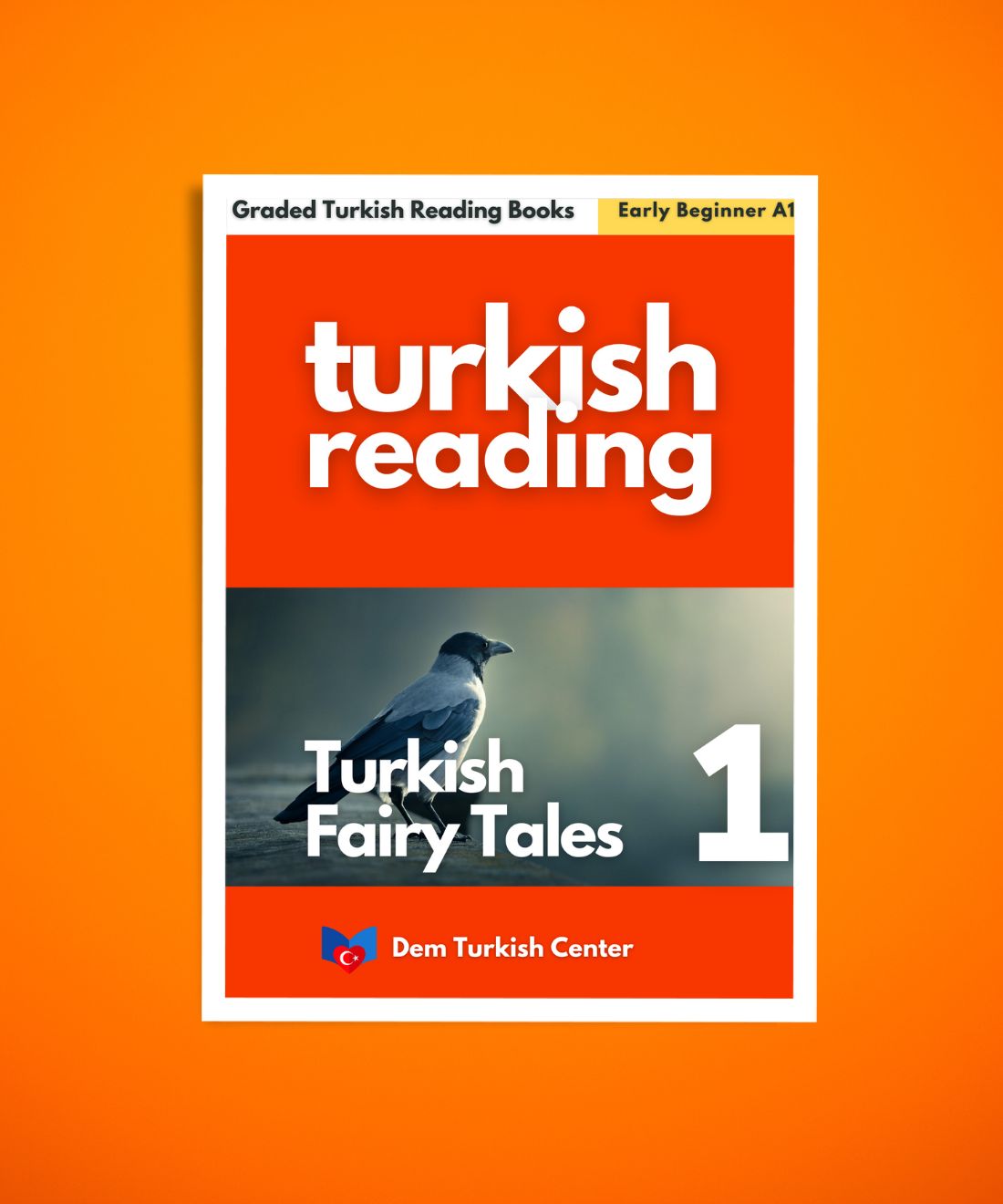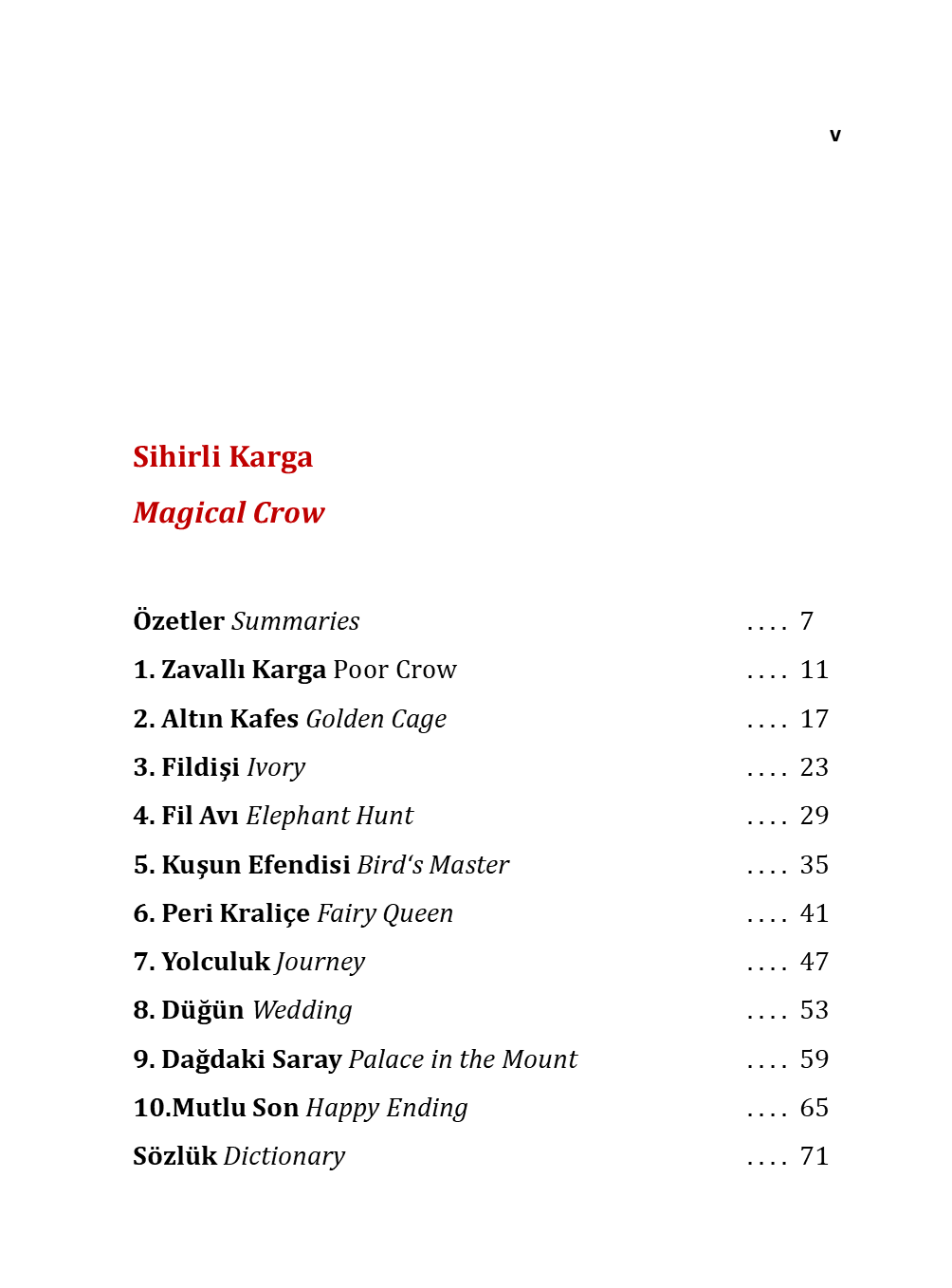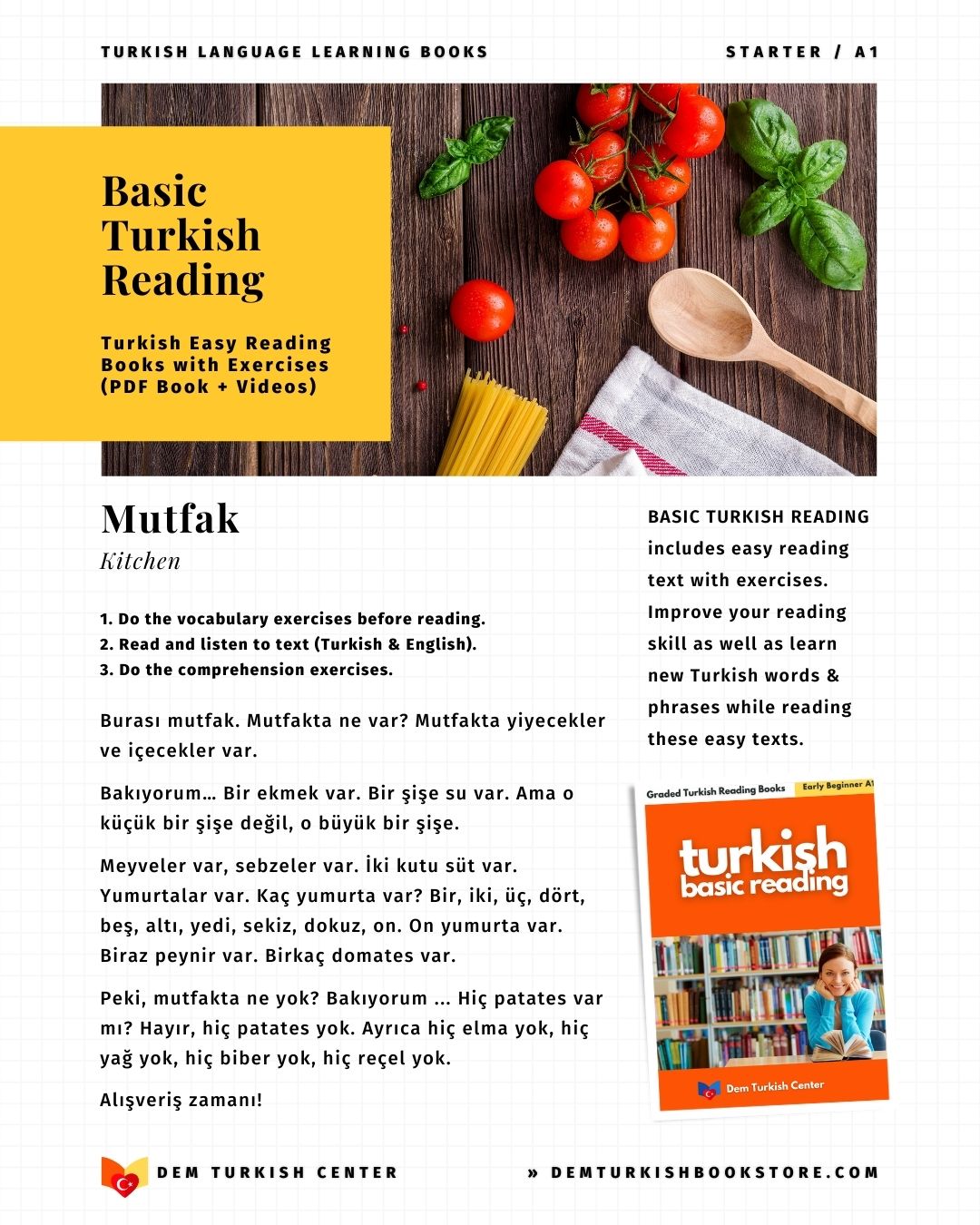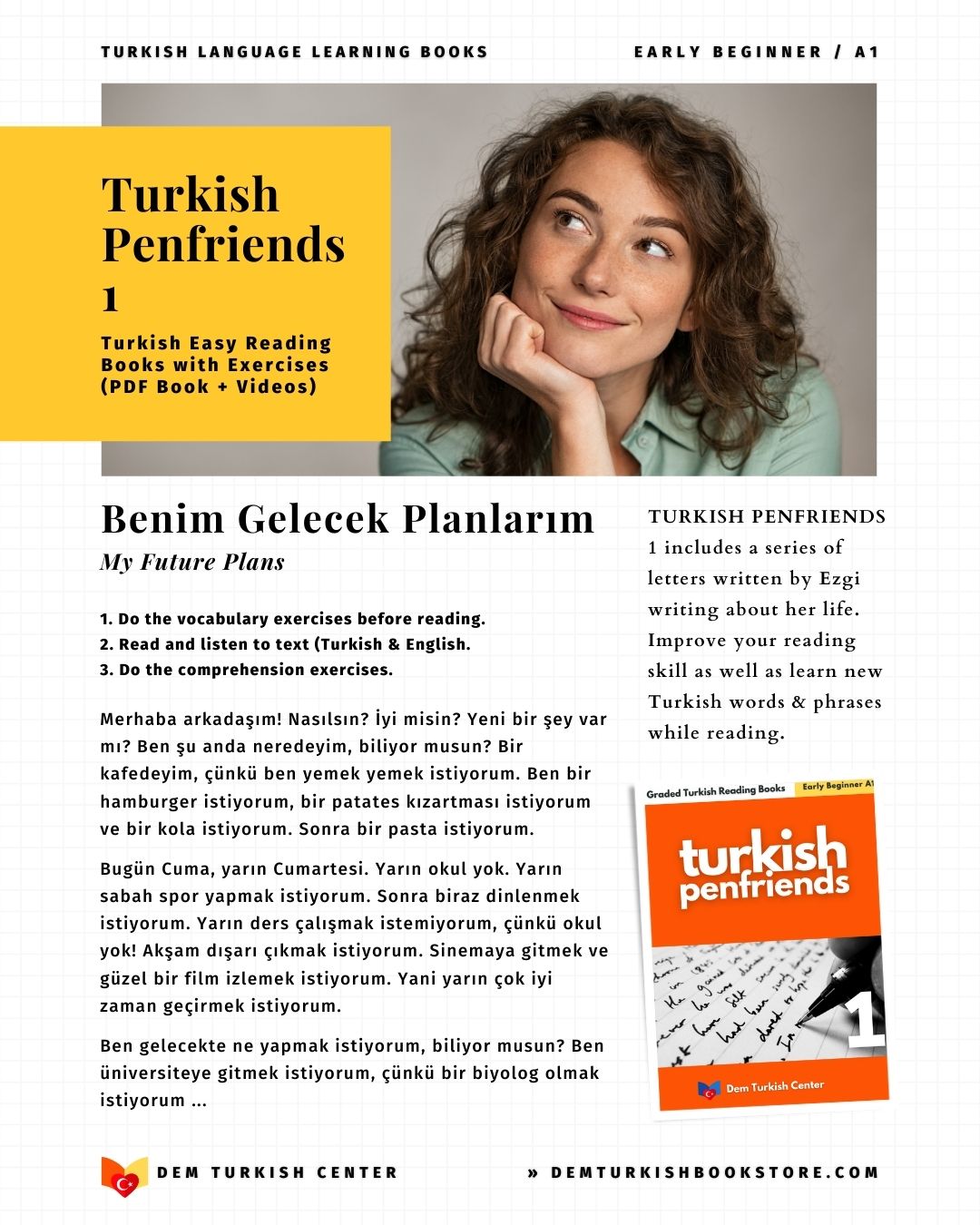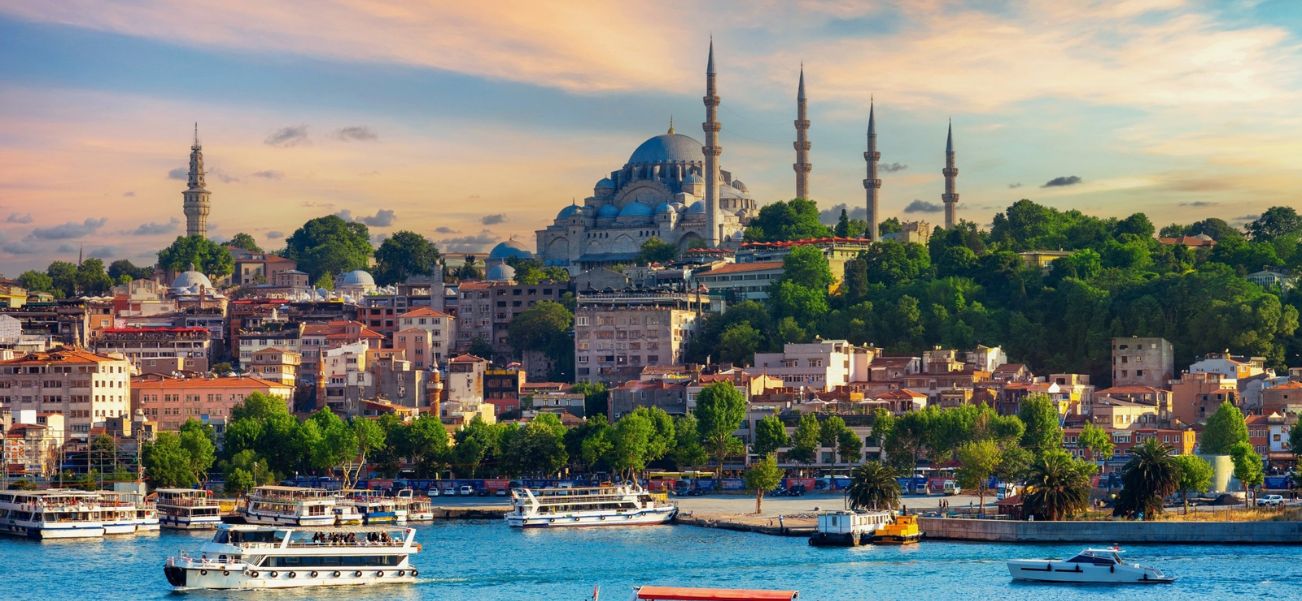
The History of Istanbul: A Tale of Empires, Cultures, and Continents (Podcast Interview)
Istanbul, the only city in the world straddling two continents, has been a crossroads of civilizations for millennia. From its early days as Byzantium to its golden age as Constantinople and its modern identity as Istanbul, the city has witnessed the rise and fall of empires, religious transformations, and cultural revolutions.
This guide explores the rich and layered history of one of the world’s most fascinating cities.
HISTORY OF ISTANBUL: FROM CONSTANTINOPLE TO MODERN ISTANBUL
Listen to this podcast interview about the history of Istanbul:
The Pic History Of Turkey Through The Ages

1. Ancient Beginnings: Byzantium (667 BC – 330 AD)
Founding by Greek Colonists
Istanbul’s history begins around 667 BC, when Greek settlers from Megara, led by King Byzas, established the colony of Byzantium on the European side of the Bosphorus Strait. The city’s strategic location—between the Black Sea and the Mediterranean—made it a vital trading hub.
Roman Rule and Growth
Byzantium became part of the Roman Empire in 73 AD. Though it was initially overshadowed by nearby cities like Nicomedia, its importance grew due to its defensive position and thriving economy. However, in 196 AD, Roman Emperor Septimius Severus sacked the city after it supported a rival claimant to the throne. He later rebuilt it, adding new walls and public structures.
Istanbul's Byzantine Gems: Exploring Constantinople's Legacy

2. The Birth of Constantinople (330 AD – 1453 AD)
Constantine the Great’s Vision
The city’s fate changed forever when Emperor Constantine the Great chose Byzantium as the new capital of the Roman Empire in 330 AD. Renamed "Nova Roma" (New Rome), it soon became known as Constantinople. Constantine expanded the city, constructing grand monuments like the Hippodrome, the Great Palace, and the Church of the Holy Apostles.
The Heart of the Byzantine Empire
After the fall of the Western Roman Empire in 476 AD, Constantinople became the capital of the Eastern Roman (Byzantine) Empire. Under Emperor Justinian I (527–565 AD), the city reached new heights with the construction of the Hagia Sophia, one of the greatest architectural marvels of all time.
Hagia Sophia: A Timeless Masterpiece in Istanbul
Wars, Plagues, and Decline
Constantinople faced numerous challenges:
- The Plague of Justinian (541–542 AD) killed thousands.
- The Persian and Arab sieges (7th–8th centuries) tested its defenses.
- The Fourth Crusade (1204) saw Christian Crusaders sack the city, weakening the empire.
Despite these struggles, Constantinople remained a center of art, religion, and trade until its final fall.

3. The Ottoman Conquest (1453 – 1922)
Mehmed the Conqueror and the Fall of Constantinople
On May 29, 1453, after a 53-day siege, Mehmed II (Mehmed the Conqueror) captured Constantinople, marking the end of the Byzantine Empire. The Ottomans renamed the city Istanbul (though "Constantinople" remained in official use until the 20th century).
The Basilica Cistern: A Hidden Gem Beneath Istanbul
Transformation into an Islamic Capital
Mehmed II transformed Istanbul into a thriving Ottoman capital:
- The Hagia Sophia became a mosque.
- The Topkapi Palace was built as the sultan’s residence.
- The Grand Bazaar became a bustling trade center.
The Golden Age of Suleiman the Magnificent
Under Suleiman the Magnificent (1520–1566), Istanbul reached its peak. The city saw the construction of:
- The Süleymaniye Mosque (a masterpiece by architect Mimar Sinan).
- Expansion of public works, including hospitals and schools.
Decline and Western Influence
By the 18th and 19th centuries, the Ottoman Empire weakened. Reforms like the Tanzimat (1839–1876) modernized Istanbul, introducing European-style architecture and infrastructure (e.g., railways and telegraph lines).

4. From Empire to Republic (1923 – Present)
The Fall of the Ottomans and the Birth of Modern Turkey
After World War I, the Ottoman Empire collapsed. Following the Turkish War of Independence (1919–1923), Mustafa Kemal Atatürk established the Republic of Turkey in 1923 and moved the capital to Ankara.
Istanbul in the 20th Century
Despite losing its capital status, Istanbul remained Turkey’s cultural and economic heart:
- Population booms due to rural migration.
- Urban expansion with new bridges (Bosphorus Bridge, 1973) and highways.
- Cultural revival as a global tourist destination.
21st Century: A Megacity of Contrasts
Today, Istanbul is a metropolis of over 15 million people, blending:
- Ancient landmarks (Hagia Sophia, Blue Mosque, Basilica Cistern).
- Modern skyscrapers (like those in Levent and Maslak).
- Vibrant arts and nightlife (Taksim Square, Kadıköy).

Conclusion: A City of Eternal Legacy
Istanbul’s history is a testament to resilience and reinvention. From Greek colony to Roman capital, from Ottoman jewel to modern megacity, it has always been a bridge between East and West, tradition and modernity. Whether you walk through the ruins of Constantinople or the bustling streets of Beyoğlu, Istanbul’s past is always alive in its present.







